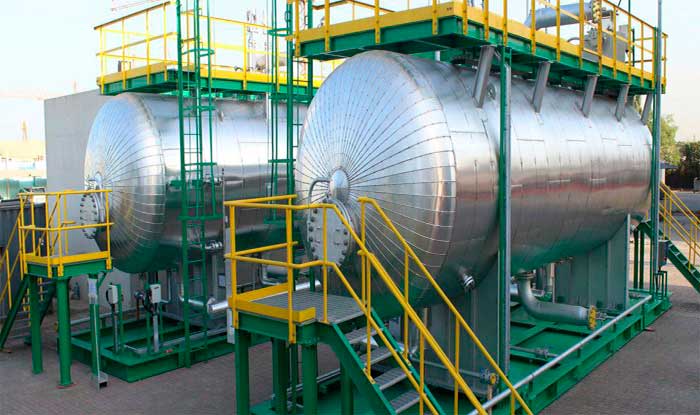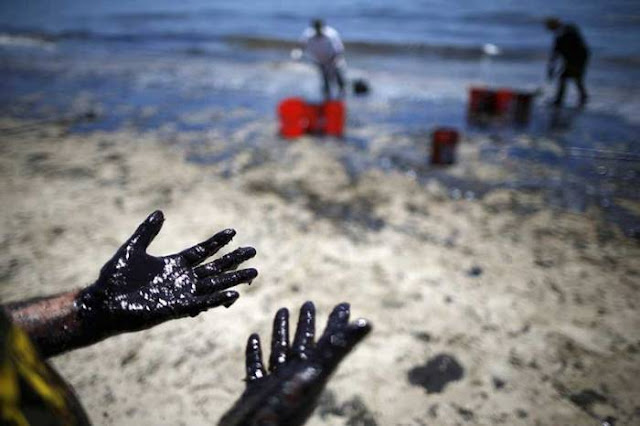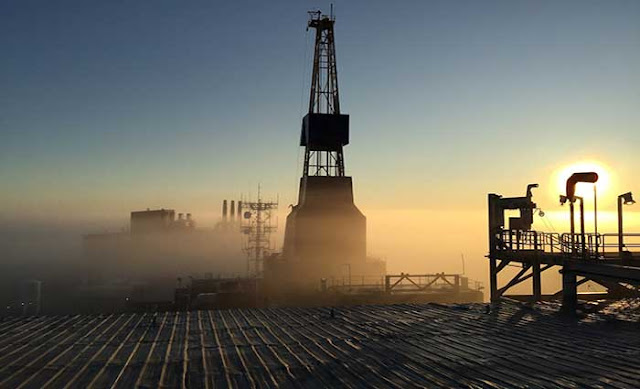Surface equipment in oil extraction
The oil
landscape par excellence has always been dominated by the image of the
pumpjacks, used since the beginning of oil extraction to this day.
The iconic
universal image regarding oil extraction
is the pumpjack: one of the
superficial pumping units in oil
extraction, apart from the hydraulic unit. This pumping unit converts
the angular movement of the shaft of a motor or reciprocal vertical into the
ability to drive the string of rods and pump the subsoil to bring the
hydrocarbon to the surface. The revolutions
per minute of the driving machine are closely linked to the variation of the
pumpjack's speed and the variation
of the counterweight acts against loads of bars and fluids of the well.
The surface
systems are selected according to the criteria of productivity and depth
of the deposit
and their availability depends on the design of the same. They have to be just
at the level that is needed, since a sub-designed pumpjack limits the
conditions of the production equipment, affecting the production rate of the
well. On the other hand, an over-designed pumpjack whose capacity, load,
torque, and stroke exceed the needs, is too expensive.
 |
| Oil pumpjack |
• Conventional: They consist of a speed
reducer gear with a fulcrum at the back part, in the middle of the joist.
• Advanced geometry: The support spots are located in the back and the speed
reducers in the front. Its balance is achieved either by the mechanical action
of counterweights or by compressed air. Its design must have three essential
aspects:
• Speed
reducer system.
• Joint
system.
•
Counterweight system.
 |
Components of the extraction system
|
The mechanical oil pumping
system is relatively low maintenance
cost and simple operation,
allows changes in production ranges by the increase or reduction in the speed
of the pumping system. It allows the use of gas engines as primary motorization units in cases of electrical
unavailability and is usually the most efficient form of surface lifting.
However, it
is inconvenient in wells with high deviation, it cannot be
used in offshore wells or with
excessive sand production and its volumetric efficiency decreases when free gas
is available. Traditional mechanical
pumping is applied worldwide for heavy
and extra heavy crudes, as well as
in the extraction of medium and light crudes.



